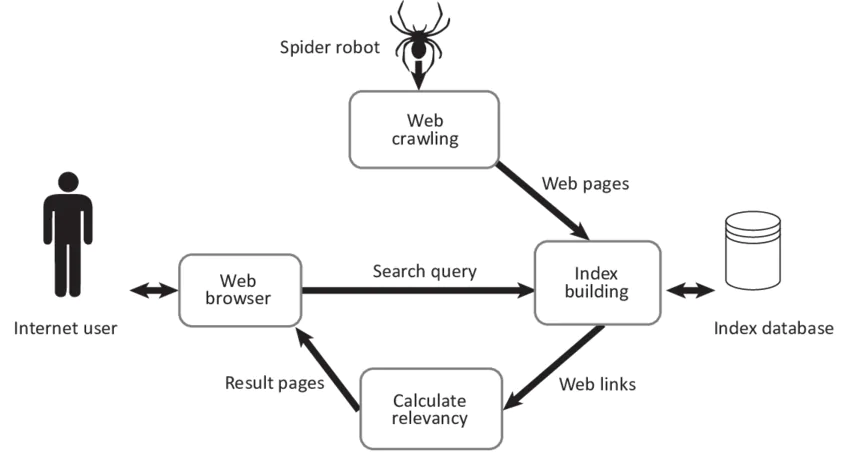Search engines decide how your content is indexed by using algorithms that take into account what people want and how well it is made. Because the URL of a page determines how search engines find and index your content, you can change how search engines index your content. The URLs of your pages are important to our systems because they help them crawl and index your pages so they can show up in search results. This document helps you think about how to get your content found by a search engine, which is the first step in the process of getting into the search engine index.
Ways to organise your resources so that a search engine can find them
If you want to help search engines find your resources and data, there are many ways you can do it. You can be completely passive or very active. This section talks about the general choices you might make when it comes to providing resource metadata, like sitemaps and resource links, to make your content more likely to show up when people search for it.
Take a low-key approach.
If you don’t give the search engines a sitemap when you make a website, their systems will try to find and index the content on your site unless you tell them not to. As part of normal business, the search engine’s systems look at how your pages and other pages on other websites are linked.
- Advantages: You don’t have to do anything else except write your content. This method is good if you have a simple website and don’t need search results to show up quickly.
- Disadvantages: Search engines might not be able to find all the content on your site if only use natural links to find it. If your site is new or has few references, this might be a problem for search engine. This might make it hard to find new content that you want to see in search, like content that you mark up for rich results.
Actively take care of your URLs
By giving a direct list of URLs of the content, known as a sitemap, the search engine’s ability to find your pages no longer depends on how your page is linked to other pages on the web. This makes it easier for search engines to find your content by making it easier for us to find it. Most of the time, you put the sitemap on your website in a place that search engine bots can find.
In addition, if you have a lot of URLs that have almost the same content, like an AMP page, an HTML page, and a mobile app view, it helps to show that those resources are linked together. It helps the search engine system serve the right content, like a link to your app or to your AMP pages, when the search engine knows how your resources work together, to do this, you set up a link between the canonical pages on your site and other web or app content that isn’t on your site. After the search engine figures out how your resources are connected, they can figure out what kind of content to show people in search results, like a link to your app for people who search from their phones and already have your app installed.
- Advantages: It improves the performance of your rich results when you search for them. Getting new and low-reference content into the system more quickly. In this way, you can get your content quickly served by a search engine in a variety of formats.
- Disadvantages: You have to do extra work to add “resource metadata,” which is your sitemap and how your web pages, your app, and your AMP pages are linked to each other.
Add new and changed URLs to the search engine.
While you can just put your sitemap on your site for our systems to find, you can also let the search engine know about new URLs or URLs that have changed content.
The sitemap helps search engines find new URLs faster. For changes to existing URLs, you can use an XML sitemap with timestamps to let the search engine know that new content is ready to be re-indexed.
When search engine systems get a list of URLs, they then figure out when to crawl the content and how long to do it for. Search engines make sure that the content they crawl is on your server. Then, the search engine makes it ready for the indexing process by making it ready for use.
- Advantages: Submitting URLs to search engines makes it easier for them to keep track of content changes on your site.
- Disadvantages: There are only a few things that could go wrong. Once you’ve done the work of making a sitemap, submitting it to a search engine is a simple process, and many content management systems make it easy to make changes to your sitemap automatically, too.







